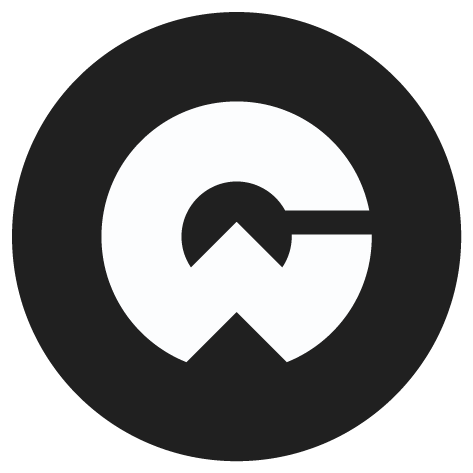
Founded in 1979, Teradata is a leading data management and analytics platform used by the largest organizations across the world.
Teradata stores, processes, and efficiently analyzes vast amounts of data on AWS, Azure, or Google Cloud as well as hybrid multi-cloud, on-premises, and commodity hardware environments.
Teradata
Senior UX/UI Designer
Teradata Vantage
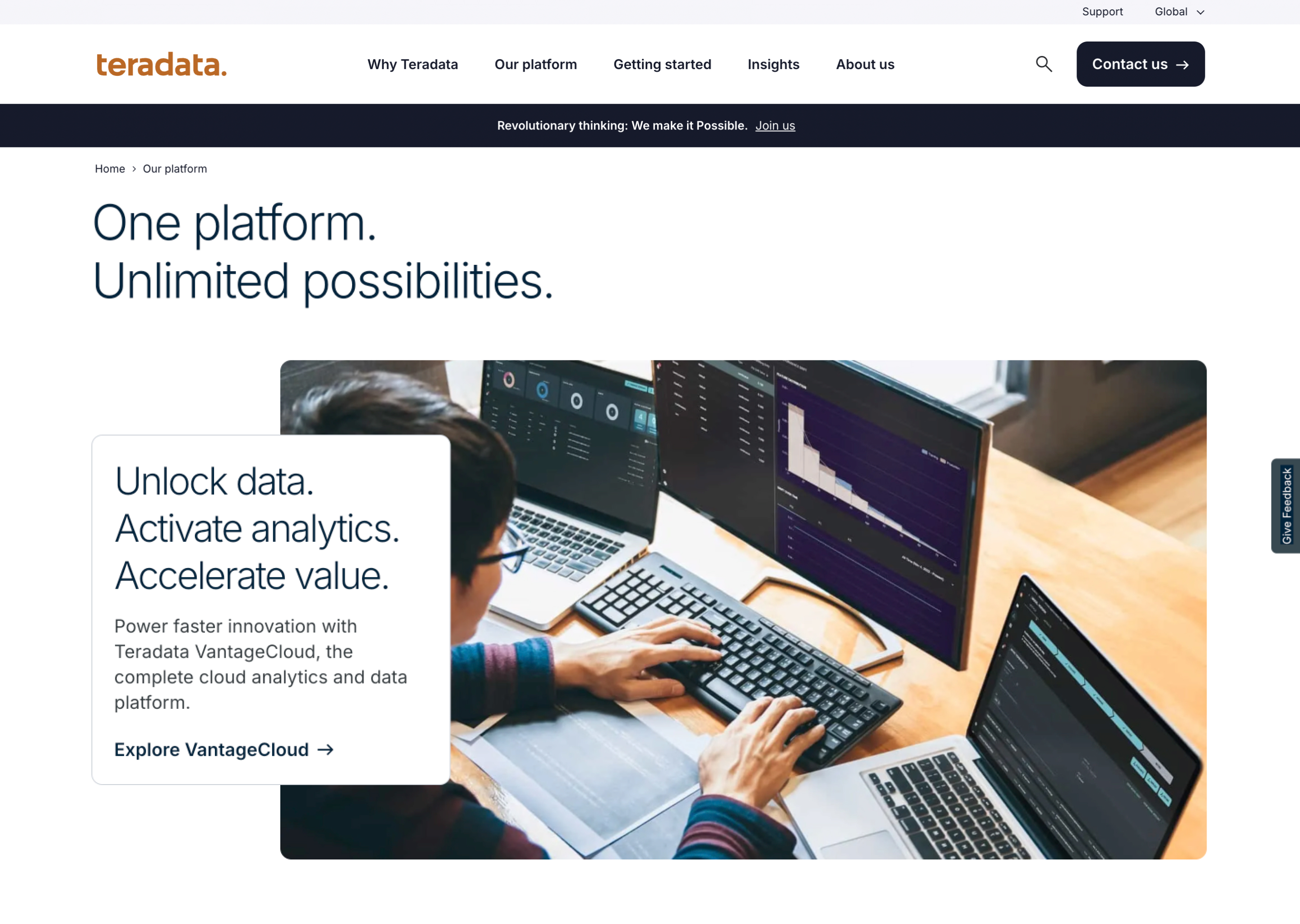
* Generated values based on metrics at the time
The release of Teradata Vantage in 2018 led to significant positive business outcomes for Teradata largely due to increased functionality, enhanced features, and its user-centered design which emphasized intuitive interfaces and seamless integration.
This contributed to the following outcomes.
Overview
Before Vantage Teradata offered a range of products and solutions focused on data warehousing, analytics, and big data technologies. These key offerings included Teradata Database, Teradata Aster, and various cloud and data management tools which were built by siloed teams. Many with no designers. As a result these offerings lacked design consistency and felt they were products designed and built by different organizations.
Our purpose was to show the importance of UX Design, Design Strategy, and Design Thinking within the organization and amplify the benefits and potential ROI for the organization.
After a few false starts the team realized that the best course of action was not to redesign each product but to design a product that would bring in the best parts of Teradat's suite of products under one umbrella.
We recieved the green light from upper management to move forward with our proposal and the result is Teradata's flagship product Teradata Vantage which was released in 2018.
"Chris is a seasoned UX professional. He understands what it takes to create experiences that are highly targeted and engaging. I have had the pleasure to work with Chris on a number of projects and he always takes a user first approach, works well with project managers and developers alike. His breath of knowledge from UX research, design and partnering with technical folks is his greatest strength."
 Josh Shoen
Josh Shoen
Experience Engineer
Teradata
To start the research phase for Teradata Vantage we developed our own research methods by leveraging our team's prior experiences and the latest best practices. This helped guide us in ensuring that the design would meet modern business and customer needs with flexibility and scalability.
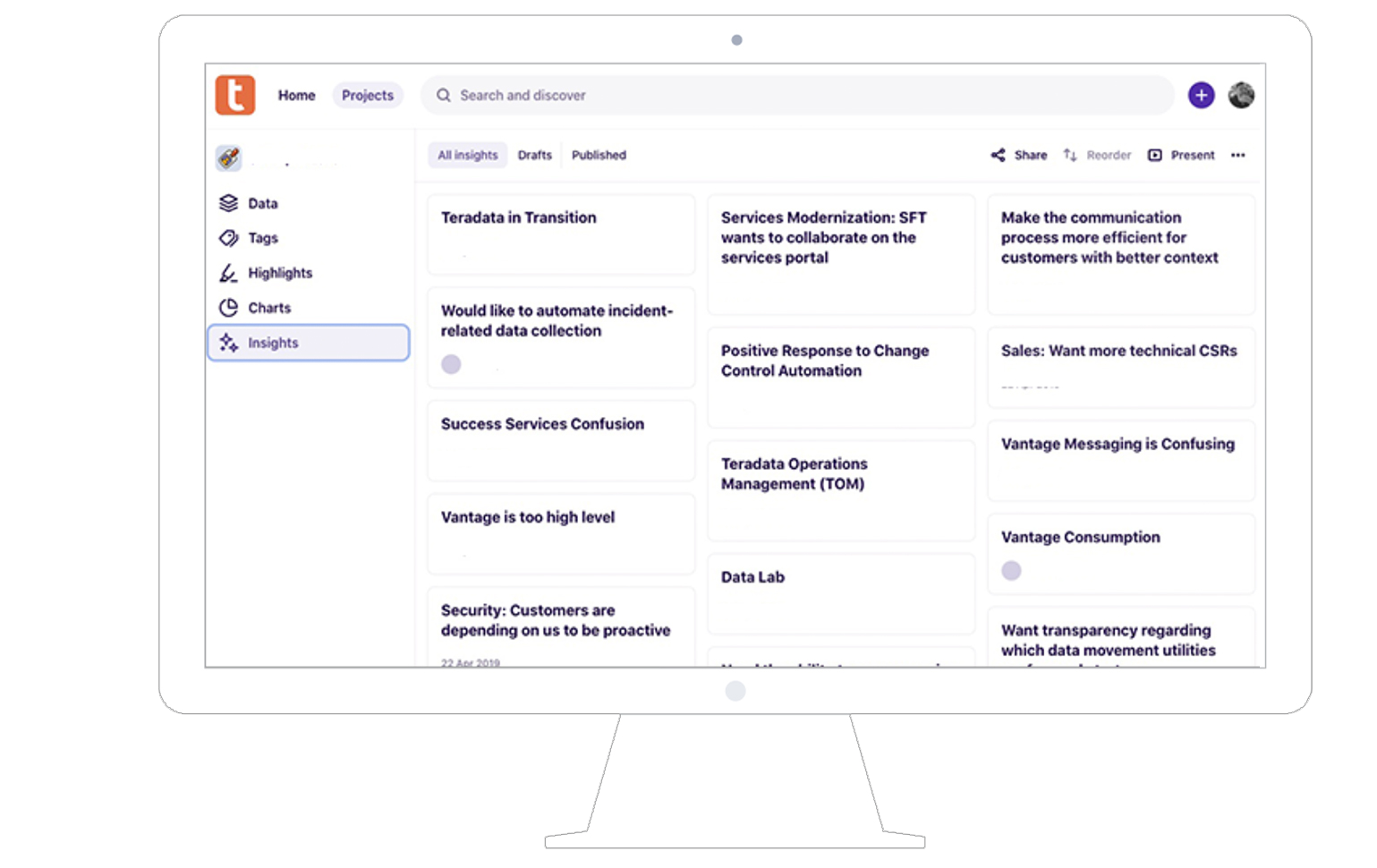
To begin solving the problem of designing Teradata Vantage We used research tools such as Dovetail, Miro, and Userzoom to conduct user interviews, surveys, and moderated testing on and offsite. This qualitative data provided insights into customer needs, desires, and helped us align these insights with business objectives. Our data driven approach identified pain points and opportunities for improvement, informing our strategy for a user-friendly solution.
Through ongoing feedback and iteration, we aimed to deliver a visually appealing and highly functional final product that met our users needs.
During our research, we were able to identify key pain points and opportunities for improvement that informed our strategy for designing a solution that truly met the needs of the many targeted personas.
After synthesizing the data collected, I built use cases based off of our hypothesis, personas wants and needs, best in class competitive analysis and work / mind map flows.
By leveraging this data-driven approach, we ensured that the final product was not only visually appealing, but also highly functional and user-friendly.
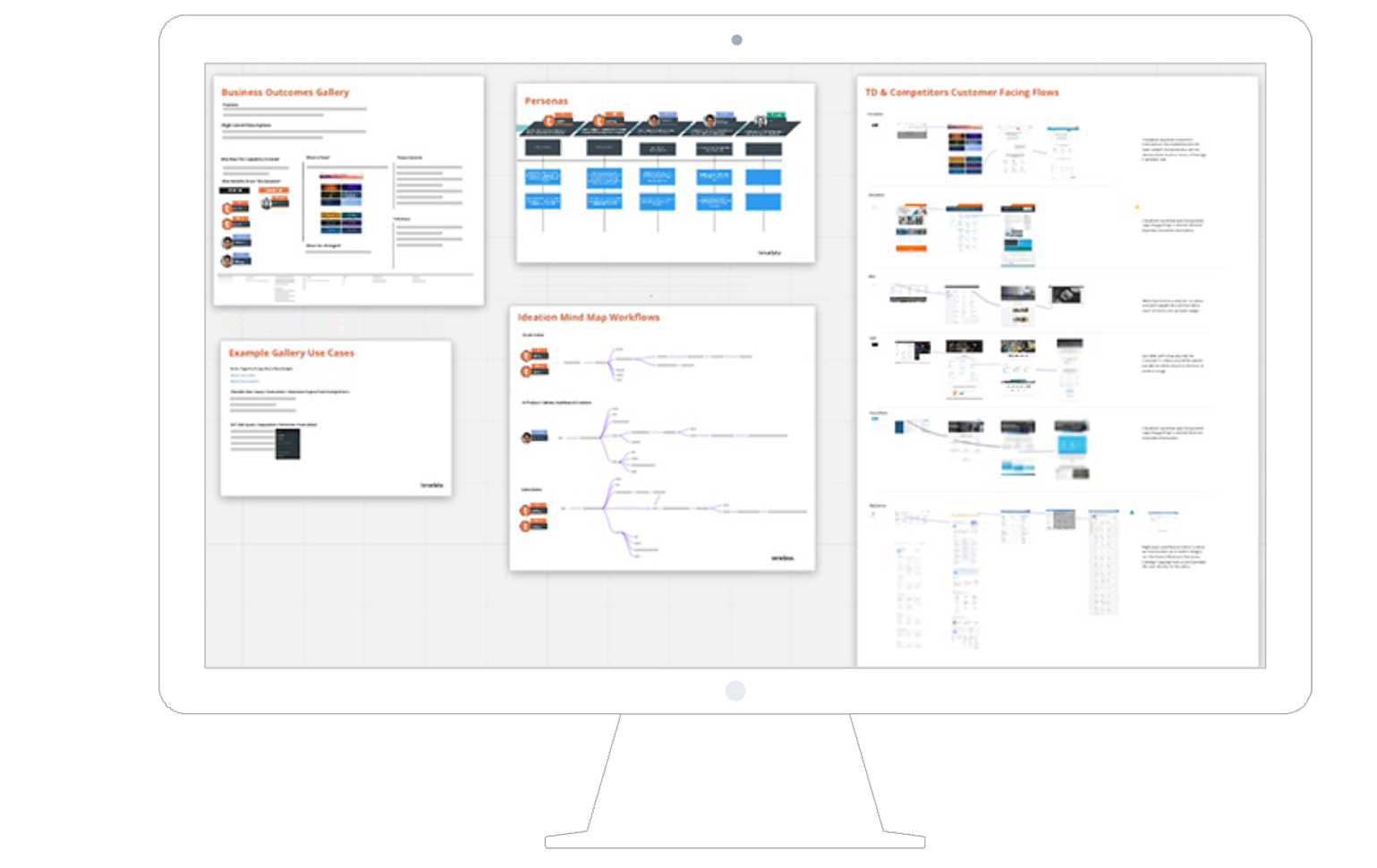
After the research phase, we focused on designing Teradata Vantage to be lean and user-friendly while integrating advanced analytics and multi-cloud capabilities. We ensured an intuitive interface and seamless user experience, refining features through iterative testing and stakeholder feedback to meet diverse business needs.
Throughout the process, my goal was to balance functionality and simplicity while creating an experience that fostered user trust and confidence in their financial decisions.
Additionally, the market for automated investment services is very competitive so the UX had to clearly differentiate itself and convey superior value.
After extensive research and a combination of divergent and convergent thinking, I designed screens that seamlessly blended the latest design trends with visually pleasing user-centric elements.
These screens were also designed to continue to gather real user feedback and allow for iterative refinements based on their needs and preferences. The landing page was also customized to align with specific personas based on captured data to ensure relevance and engagement.
Each card featured a brief description displaying thier account value upfront and an eye catching graphic to to encourage feature exploration to increase customer engagement.
In addition, I worked closely with teams to establish a clear page hierarchy and information architecture. By prioritizing only the most essential components we minimized page noise and cognitive load. This created a streamlined and focused user experience.
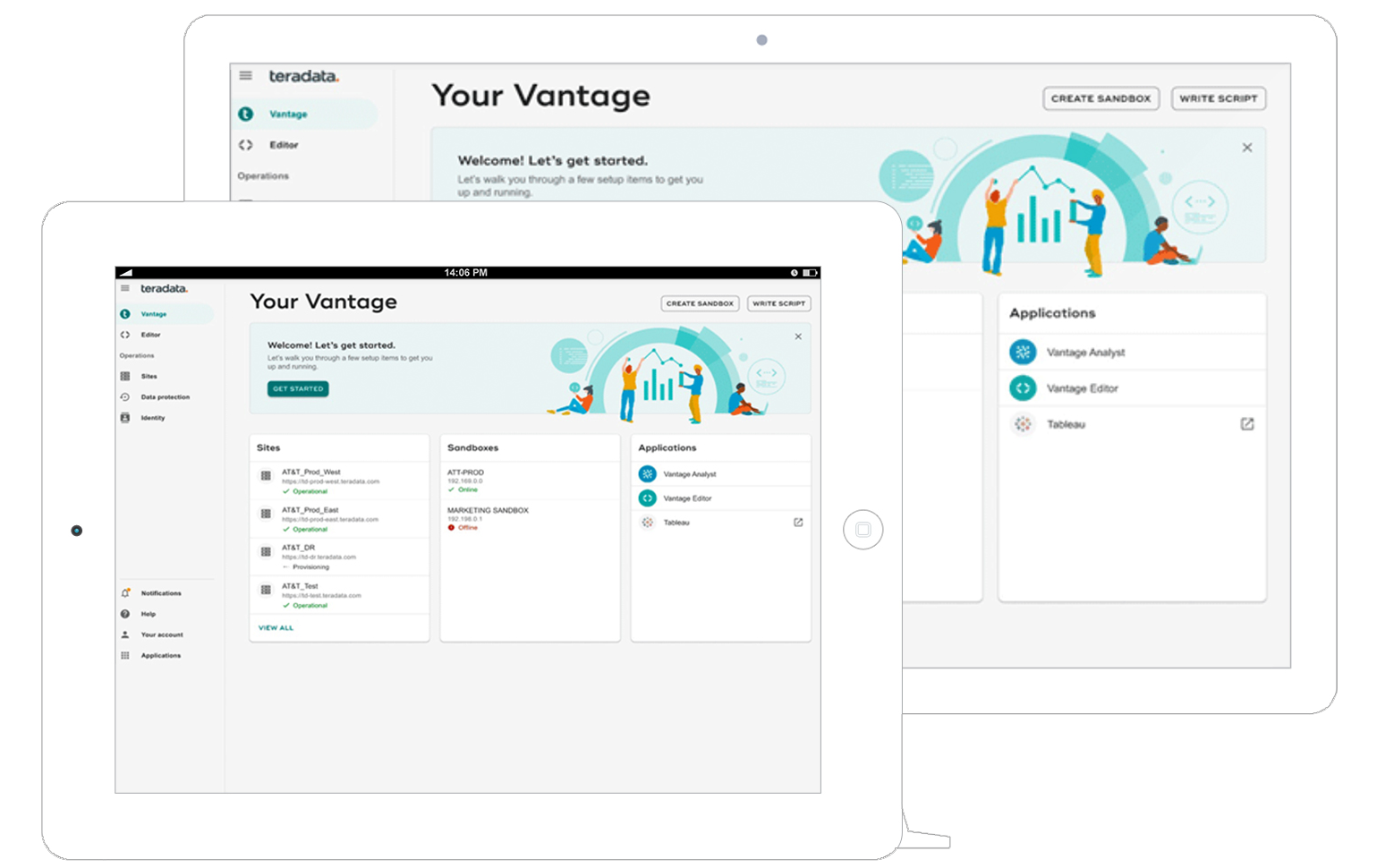
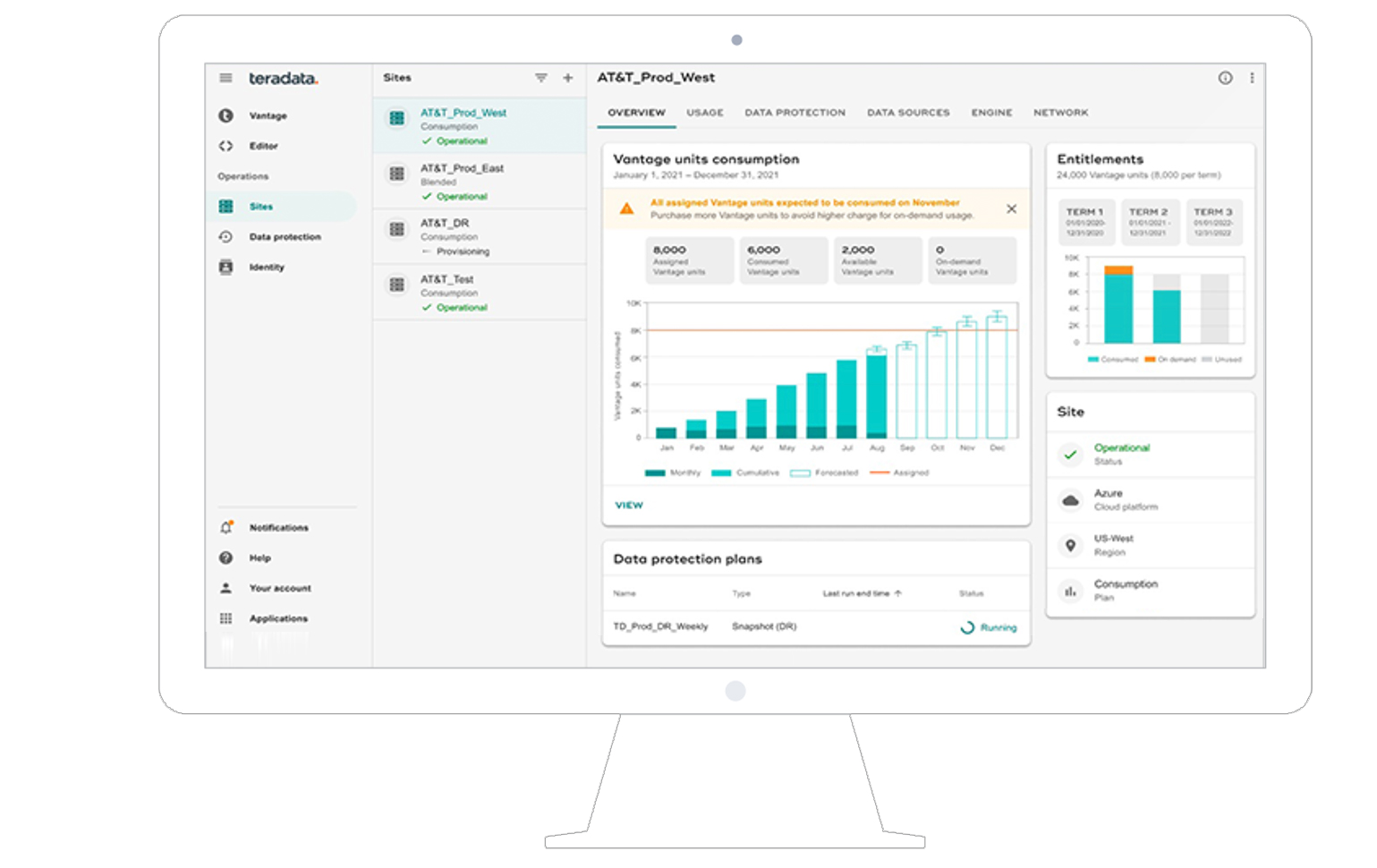
At Teradata, using the right data visualizations at the right time was crucial for delivering a powerful user experience with Vantage. We focused on selecting visualizations that clearly communicated insights based on the context and user needs
Our goal was to create visual clarity and drive actionable insights without overwhelming users with unnecessary complexity.
By designing these screens lean / light, we empowered users to make data-driven decisions more efficiently and with confidence.
Collaborating with the Head of Engineering to design a code editor for Vantage. This involved aligning technical functionality with user-centered design principles. Together we focused on creating an intuitive interface that catered to both novice and advanced users enabling seamless interaction with complex data sets.
This partnership allowed me to design with a clear understanding of the underlying technology ensuring that the final product was not only intuitive but also technically robust and scalable.
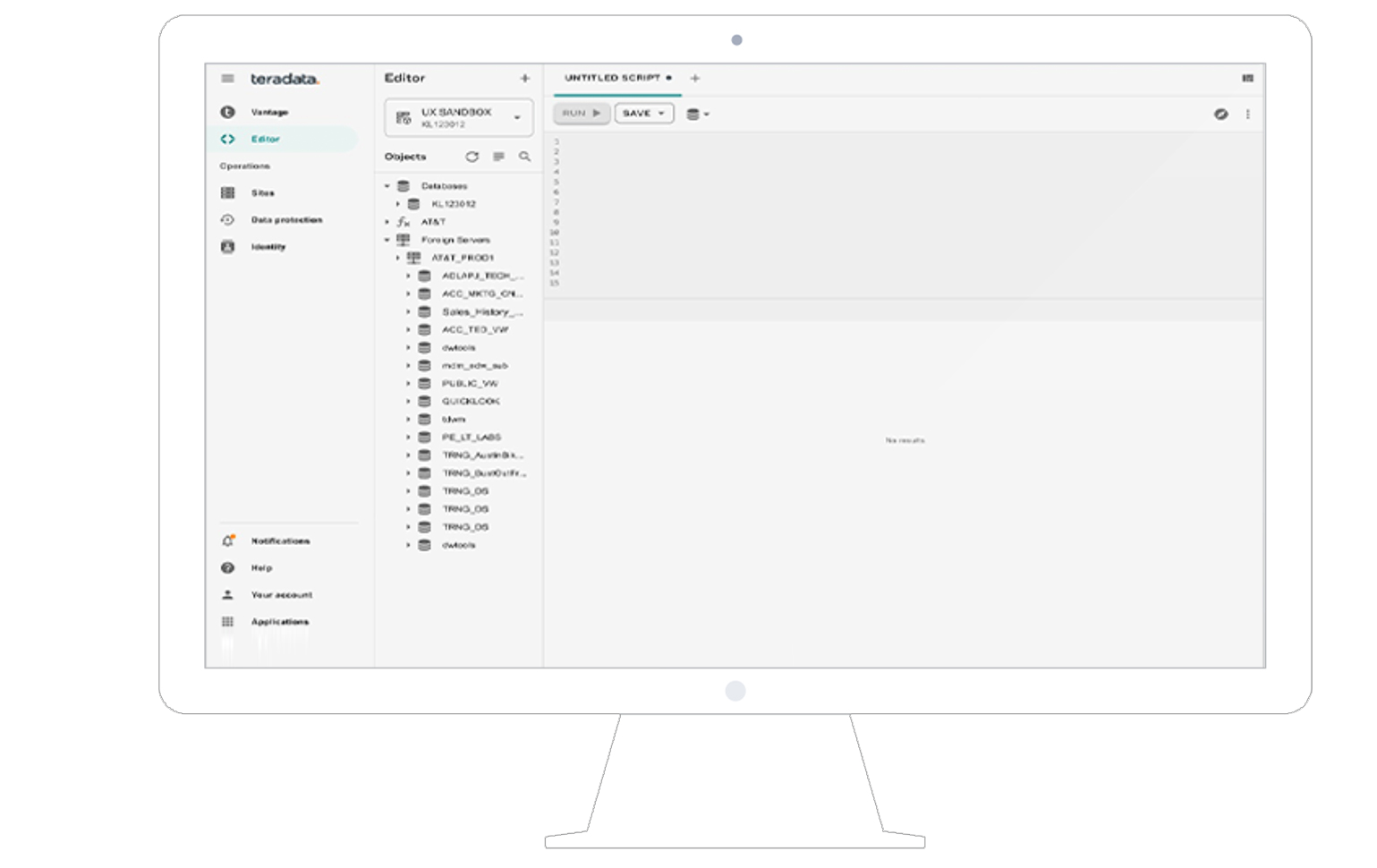
Teradata Takeaways
Teradata was my first foray into big data, AI, and Machine learning. During my tenure, I gained invaluable knowledge about team building, delivery and execution of research for design, strategy, and the significance of applying big data in businesses.
Designing for big data and data visualizations at Teradata required a ton of research, thoughtful consideration of personas, data organization, and interactive features that allowed users to navigate and explore data seamlessly.
The skills I learned and skills I enhanced while working with Teradata can not be overstated.
